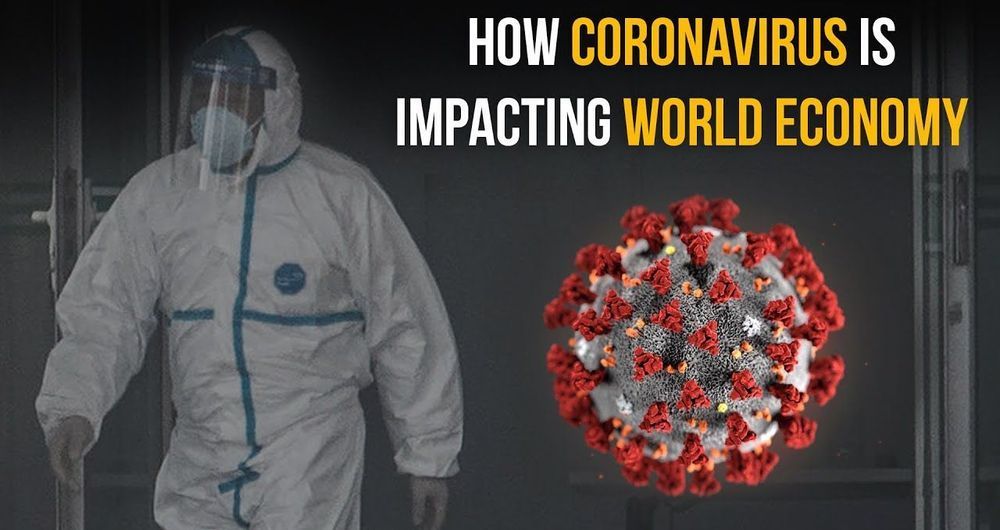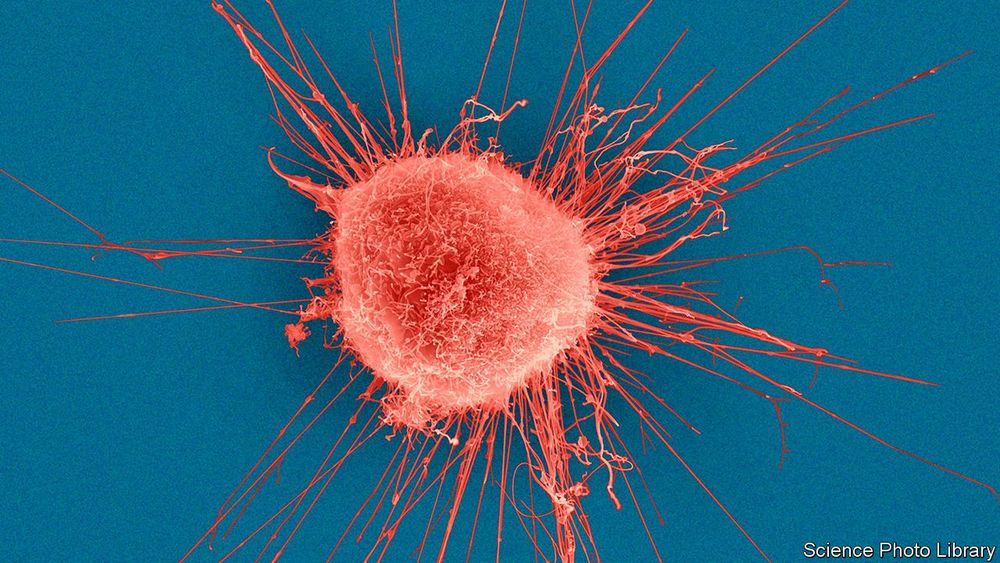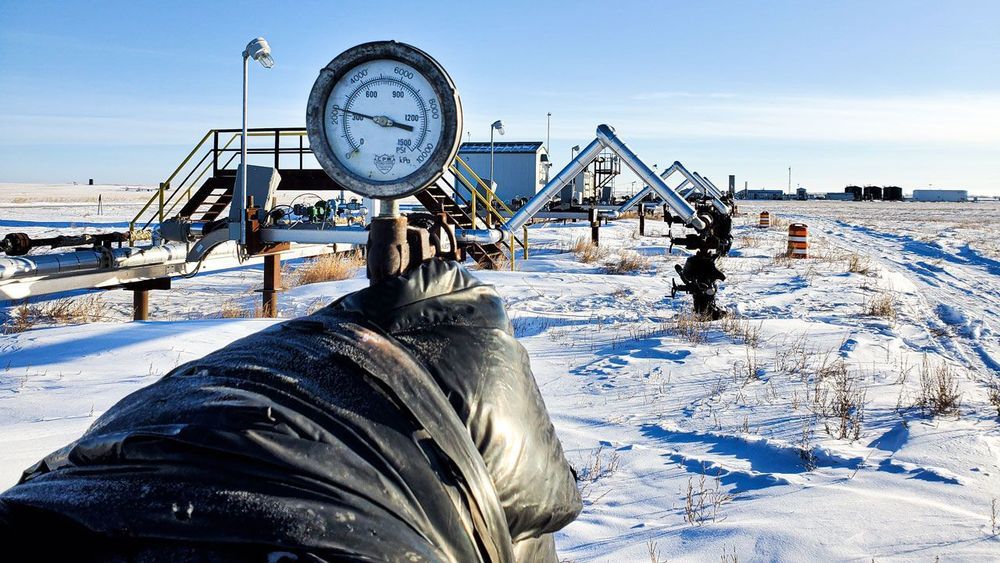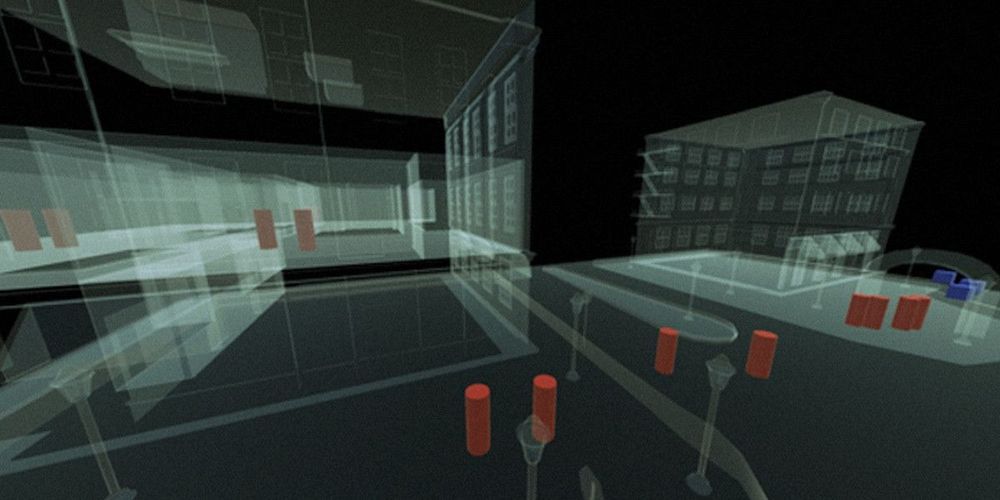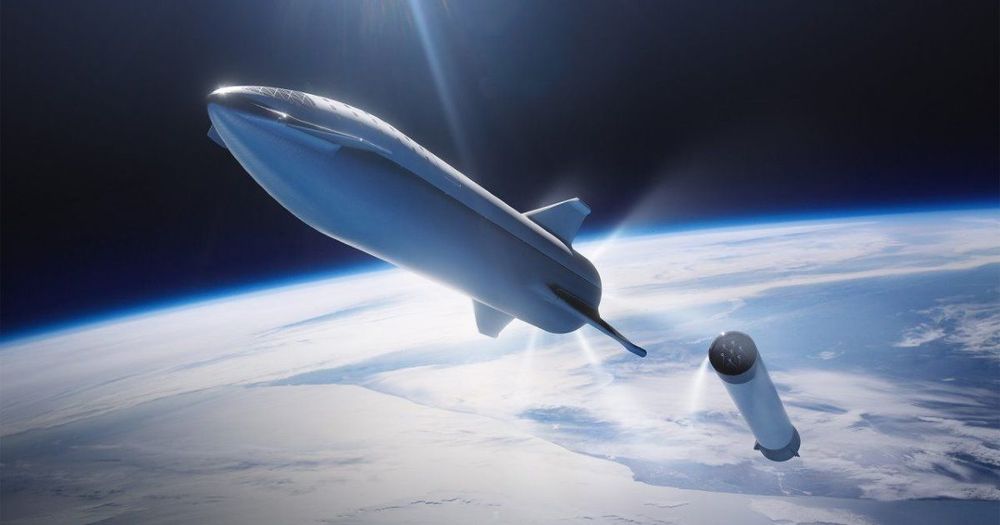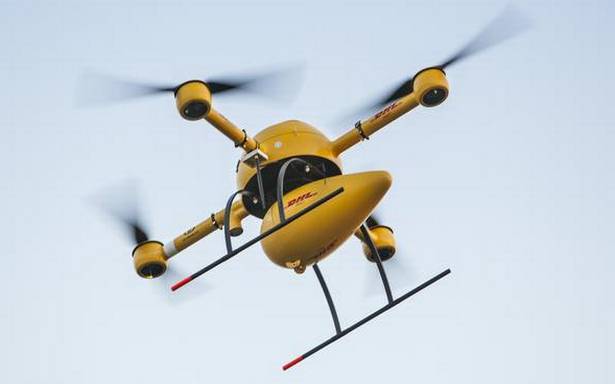
Your dream to get a pizza delivered by a drone or an Amazon drone knocking at the door will remain a dream as researchers have revealed that a drone delivery service is not realistic and may not be possible in densely-pulated areas.
The reason is simple: Demand for drone delivery in e-retail is high but the ability to meet that demand is very low.
For a city like New York, the optimal design for the test locations, based on all factors, is three drone facilities covering 75% of NYC area and 34% of the population.

